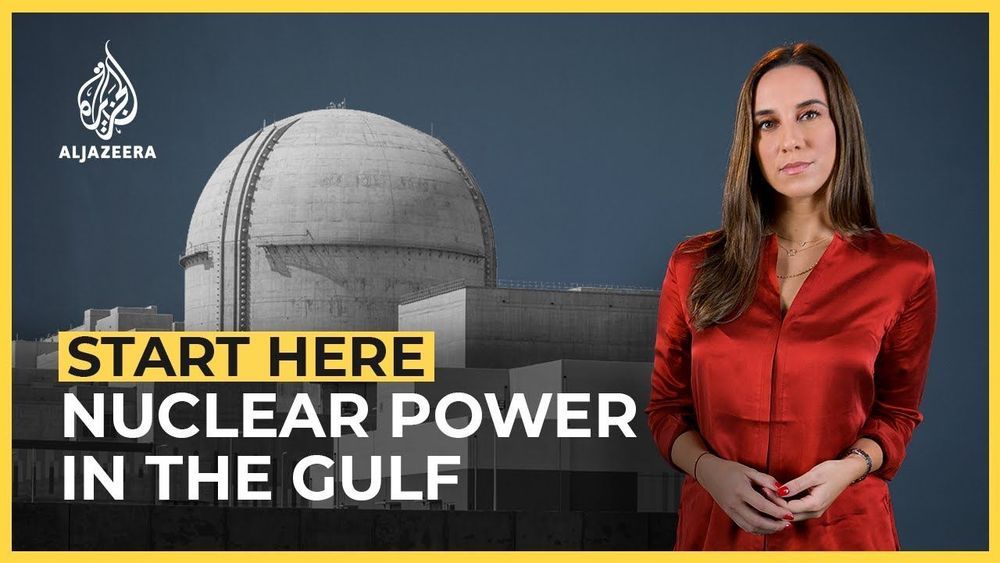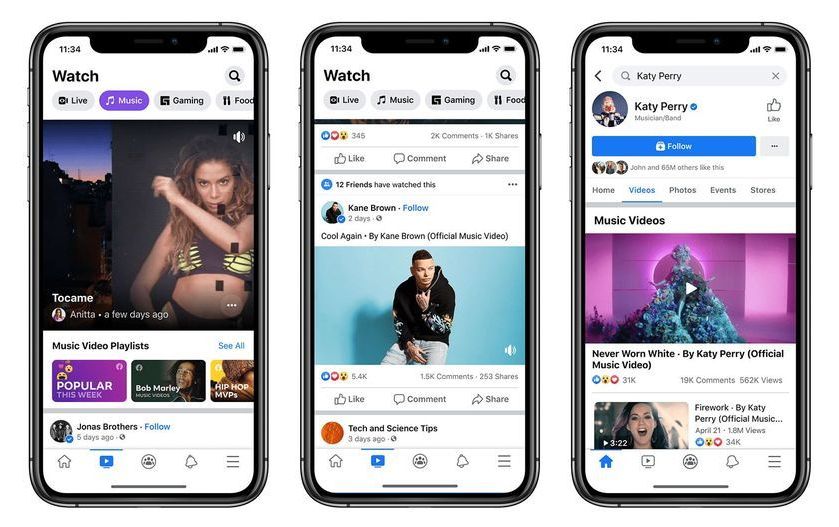Life-saving Ai
If you had to guess how long it takes for a drug to go from an idea to your pharmacy, what would you guess? Three years? Five years? How about the cost? $30 million? $100 million?
Well, here’s the sobering truth: 90 percent of all drug possibilities fail. The few that do succeed take an average of 10 years to reach the market and cost anywhere from $2.5 billion to $12 billion to get there.
But what if we could generate novel molecules to target any disease, overnight, ready for clinical trials? Imagine leveraging machine learning to accomplish with 50 people what the pharmaceutical industry can barely do with an army of 5,000.









